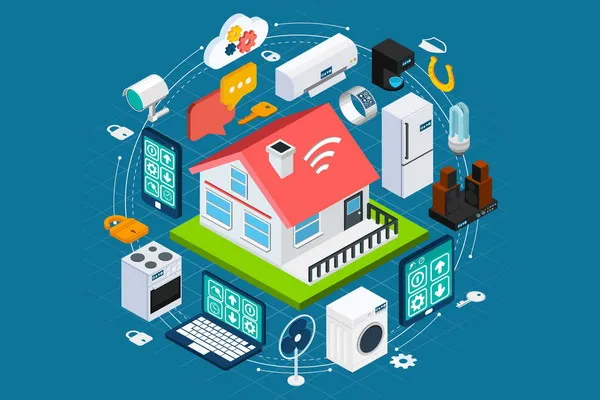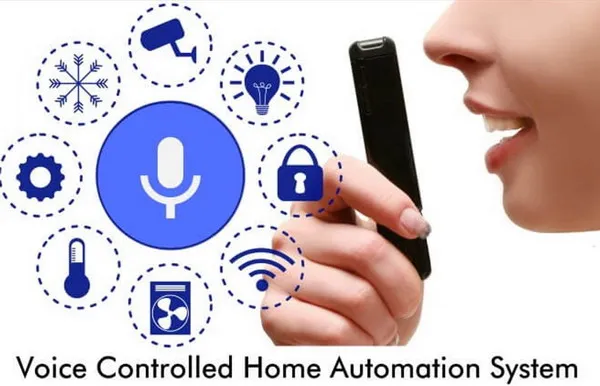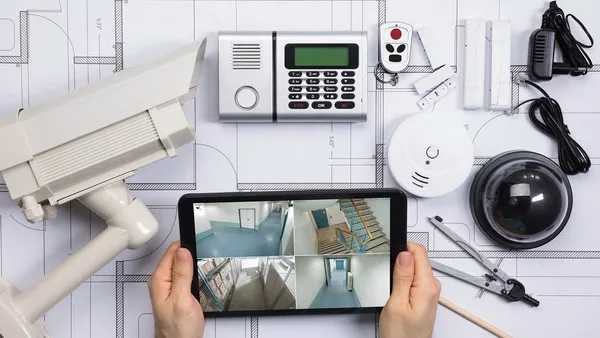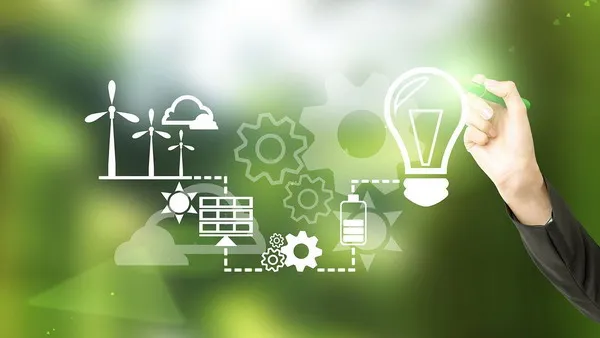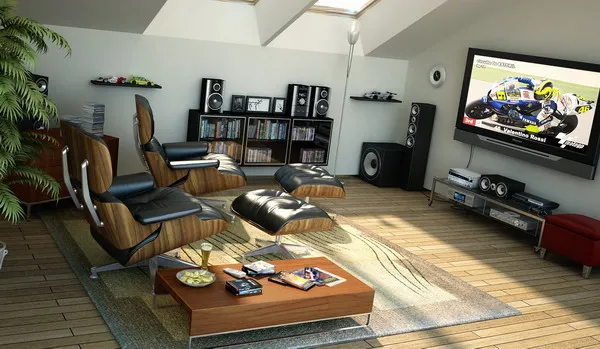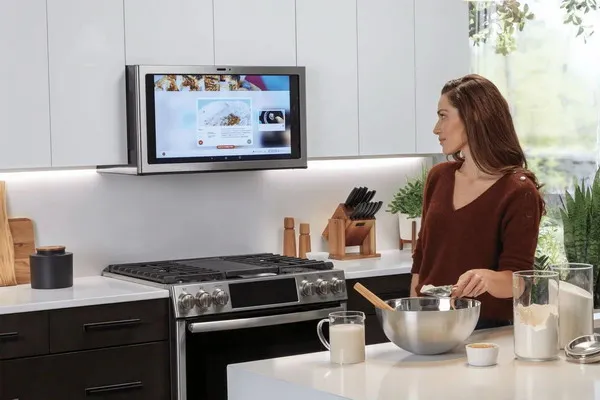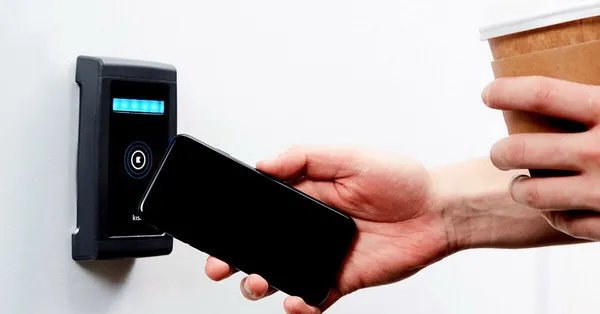The smart home revolution is well underway, transforming the way we live by integrating technology into our everyday routines. From controlling lighting and temperature with a voice command to ensuring our homes are secure from anywhere in the world, smart home technology continues to evolve rapidly. As we look ahead to 2026, several key trends are poised to further enhance our living experiences, making our homes more efficient, secure, and interconnected than ever before.
Integration of AI and Machine Learning
Artificial Intelligence (AI) and Machine Learning (ML) have become the backbone of smart home technology, offering unprecedented levels of automation and personalization. In 2026, we can expect AI to be even more deeply embedded in our home environments. AI-driven devices will not only follow our commands but will anticipate our needs by learning our routines and preferences.
For example, smart thermostats will adjust the temperature based on our daily schedules, ensuring optimal comfort and energy efficiency. Security systems equipped with AI will differentiate between family members and strangers, providing enhanced protection. Furthermore, AI will facilitate seamless integration among various devices, creating a truly interconnected home environment where everything works in harmony.
IoT and Interconnected Devices
The Internet of Things (IoT) continues to expand, connecting more devices and systems within our homes. By 2026, the average household will feature a plethora of interconnected devices that communicate and collaborate to simplify daily tasks. This interconnected ecosystem will enable smart homes to operate as cohesive units, where lighting, security, entertainment, and appliances work together seamlessly.
For instance, a morning routine might involve the bedroom lights gradually brightening, the coffee maker starting, and the thermostat adjusting to a comfortable temperature—all without any manual input. This level of automation will enhance convenience and efficiency, making smart homes an integral part of our daily lives.
Voice-Controlled Assistants
Voice-controlled assistants, such as Amazon Alexa, Google Assistant, and Apple Siri, have already become household staples. By 2026, these virtual assistants will be even more powerful and intuitive. Advances in natural language processing and machine learning will allow them to understand and respond to more complex commands and queries.
In addition to managing smart home devices, voice assistants will play a central role in home automation. They will integrate with a wider range of devices and applications, enabling users to control everything from lighting and heating to grocery shopping and appointment scheduling through simple voice commands. Enhanced voice recognition capabilities will also ensure that these assistants can differentiate between household members, providing personalized responses and actions.
Enhanced Security Systems
Security is a top priority for smart home technology, and 2026 will see significant advancements in this area. Modern security systems will offer a comprehensive suite of features designed to protect homes and their occupants. These systems will include biometric access controls, such as facial recognition and fingerprint scanning, ensuring that only authorized individuals can enter the home.
Smart cameras will provide real-time monitoring and alerts, allowing homeowners to keep an eye on their property from anywhere in the world. Advanced algorithms will detect unusual activity and potential threats, triggering instant notifications to the homeowner and local authorities if necessary. Additionally, cybersecurity measures will be enhanced to protect against hacking and data breaches, ensuring that personal information and privacy are safeguarded.
Energy Efficiency and Sustainability
As environmental concerns continue to grow, smart home technology will play a crucial role in promoting energy efficiency and sustainability. By 2026, energy-efficient devices and systems will be standard in smart homes. Smart thermostats, lighting systems, and appliances will be designed to minimize energy consumption without compromising performance.
For example, smart lighting systems will adjust brightness and color temperature based on natural light levels and occupancy, reducing energy waste. Smart plugs and outlets will monitor energy usage and provide insights on how to optimize consumption. Renewable energy sources, such as solar panels, will be integrated into smart home systems, allowing homeowners to generate and manage their own power efficiently.
Health and Wellness Technologies
Smart homes in 2026 will prioritize health and wellness, incorporating technologies that support physical and mental well-being. Health monitoring systems will be seamlessly integrated into the home environment, tracking vital signs and providing real-time health insights.
Devices such as smart beds will monitor sleep patterns and provide personalized recommendations for better sleep quality. Air purifiers and smart HVAC systems will ensure optimal indoor air quality, reducing allergens and pollutants. Fitness trackers and smart mirrors will offer fitness guidance and track progress, making it easier for individuals to maintain healthy lifestyles.
Home Entertainment Innovations
The home entertainment experience will reach new heights in 2026, thanks to advancements in smart home technology. Smart TVs will feature AI capabilities, offering personalized content recommendations and interactive features. Voice control will become the norm, allowing users to search for content, adjust settings, and control other devices with ease.
Immersive technologies, such as augmented reality (AR) and virtual reality (VR), will be integrated into home entertainment systems, providing unprecedented levels of engagement. Gaming consoles and entertainment platforms will offer AR/VR experiences that blur the lines between the virtual and real worlds, transforming how we consume media and play games.
Smart Kitchens and Appliances
The kitchen will continue to be a focal point for smart home innovation. By 2026, smart kitchen appliances will make cooking and meal preparation more convenient and efficient. Smart refrigerators will manage food inventory, suggesting recipes based on available ingredients and alerting users when supplies run low.
Smart ovens and stovetops will feature precise temperature controls and automated cooking settings, ensuring perfect results every time. Coffee makers and other small appliances will be programmable and remotely controllable, allowing users to start their morning routines from their smartphones. The integration of smart technology in the kitchen will save time and reduce food waste, making meal preparation a breeze.
Remote Access and Control
Remote access and control will be essential features of smart homes in 2026. Homeowners will have the ability to manage their smart devices and systems from anywhere in the world using their smartphones or other connected devices. This capability will provide unprecedented convenience and peace of mind.
For instance, homeowners will be able to adjust their thermostats, monitor security cameras, and control lighting and appliances while on vacation. Remote access will also enable quick responses to emergencies, such as turning off a leaking faucet or unlocking the door for a family member. Cloud-based services and apps will facilitate seamless remote management, ensuring that smart homes are always within reach.
Challenges and Considerations
Despite the numerous benefits, adopting smart home technology comes with its challenges and considerations. One of the primary concerns is the cost of smart devices and systems, which can be a barrier for some homeowners. However, as technology advances and becomes more widespread, prices are expected to decrease, making smart homes more accessible.
Privacy and data security are also critical concerns. As smart homes collect and store vast amounts of personal data, it is essential to implement robust cybersecurity measures to protect against hacking and unauthorized access. Homeowners must be vigilant about securing their networks and devices to safeguard their privacy.
Conclusion
The future of smart home technology is incredibly promising, with 2026 set to bring about significant advancements that will enhance our living experiences. From AI-driven automation and interconnected devices to advanced security systems and energy-efficient solutions, smart homes will become more intelligent, efficient, and user-friendly.
As we embrace these trends, it is essential to stay informed about new developments and consider the potential challenges. By doing so, we can fully leverage the benefits of smart home technology, creating living spaces that are not only convenient and secure but also conducive to a sustainable and healthy lifestyle. The smart home of 2026 promises to be a testament to how far technology has come and how much it can improve our daily lives.

